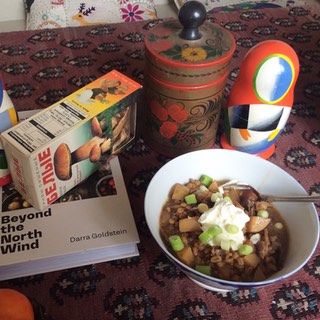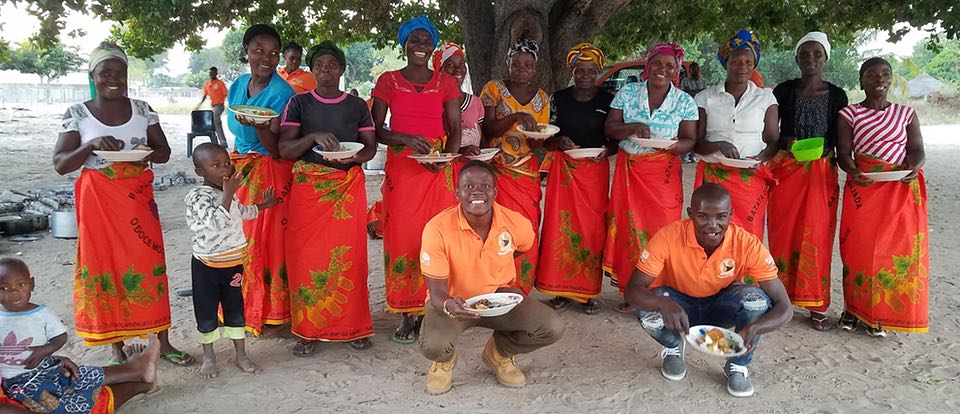
Podcast: Play in new window | Download (Duration: 27:34 — 25.3MB)
Subscribe: Google Podcasts | Spotify | Android | RSS | More
 Darra Goldstein combines a scholar’s knowledge of history and literature with a cook’s interest in recipes and ingredients. She had already written extensively on food across the vast Soviet empire, but more recently turned her attention to a search for what she calls “the true heart of Russian food“. She found it on the Kola Peninsula, a wild and forbidding part of Russia right at the top of Scandinavia. Our conversation, prompted by her new book, went further afield to include glimpses of food revivals and innovation in Russia today.
Darra Goldstein combines a scholar’s knowledge of history and literature with a cook’s interest in recipes and ingredients. She had already written extensively on food across the vast Soviet empire, but more recently turned her attention to a search for what she calls “the true heart of Russian food“. She found it on the Kola Peninsula, a wild and forbidding part of Russia right at the top of Scandinavia. Our conversation, prompted by her new book, went further afield to include glimpses of food revivals and innovation in Russia today.
Notes
- Darra Goldstein’s website is here.
- Beyond the North Wind: Russia in Food and Lore is available you-know-where and also from independent bookshops, many of which will ship. It takes more effort, I know, but everything these days takes more effort. Here, I’ve done a bit of that for you, for the US and a couple of places in the UK.
- Banner photo shows Darra at the edge of the Barents Sea, which bounds the Kola Peninsula to the north. Podcast cover photo © Stefan-Wettainen.
- Photo of barley and dried mushroom soup, and the soup itself, by Teresa Cherfas.
- Transcript here.




 There is more to good nutrition than calories and protein. The realisation that you can be perfectly well fed, maybe even too well fed, and yet still malnourished, is relatively recent. It often goes by the name hidden hunger, and reflects a lack of essential micronutrients in the diet. Tackling the lack of micronutrients is tricky because people do not really feel their hidden hunger. “No-one wakes up saying ‘I crave vitamin A today’,” as a recent paper put it.
There is more to good nutrition than calories and protein. The realisation that you can be perfectly well fed, maybe even too well fed, and yet still malnourished, is relatively recent. It often goes by the name hidden hunger, and reflects a lack of essential micronutrients in the diet. Tackling the lack of micronutrients is tricky because people do not really feel their hidden hunger. “No-one wakes up saying ‘I crave vitamin A today’,” as a recent paper put it.